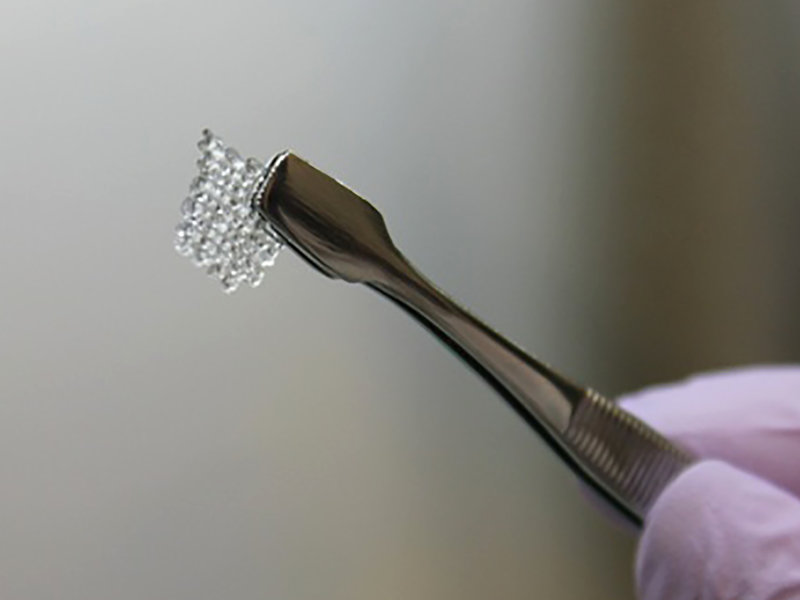The things that can be made possible with 3D printing continue to astound. This time, it’s mouse ovaries, which in turn could lead to the production of human ovaries, a new study says.
Scientists have successfully used a 3D printer to create a mouse ovary that could bear healthy babies, NPR reports. Teresa Woodruff from the Northwestern University Feinberg School of Medicine, and lead author on the study, says, “It’s really the holy grail of bioengineering for regenerative medicine.”
The end goal is to make viable, replacement ovaries to help treat infertility in women who can’t bear offspring because of medical treatments, such as chemotherapy, Woodruff says. She hopes to be able to come up with a human ovary in a few years, given this experiment’s achievement.
Doctors have been able to restore fertility in some cancer patients by removing and freezing their ovarian tissue before they begin chemotherapy treatments. The tissue is then transplanted back into the patients. In select cases, doctors have even tried doing the same using entire ovaries.
However, there are challenges when it comes to these methods. The tissues may already contain cancer cells, and the transplants generally work for a limited period of time only, depriving women of the other benefits a complete reproduction system can give, Woodruff says. This can be very difficult for women who have lost their fertility as children, adolescents or young adults.
Woodruff and her colleagues developed a 3D printing technique to replicate the three-dimensional structure of ovaries that could then be used to make “bioprosthetic” versions. She says,
It’s just like the 3-D printers people even have in their homes, but the ink in this case is a biological ink. It’s called gelatin.
Gelatin is a substance that occurs naturally in the human body, and helps form organs. A 3D printer releases gelatin ink in very precise patterns, making layers to build a complex model that mimics a natural ovary.
Woodruff says, “We were able to use 3-D printing to actually lay down a scaffold that was copying what we knew the scaffold looked like of the normal ovary.”
The result of the experiment was a tiny structure the size of a pea that contained formations like tiny pores. It recreated the environment inside natural ovaries. The researchers then places real tissue from mouse ovaries into the 3D ovary structure. Called follicles, these tissues contain immature eggs and cells that secrete hormones necessary for reproductive health.
The structures were transplanted into infertile mice. Soon, blood vessels attached to the almost artificial ovaries, and the whole system began working. When the researchers mated seven of the mice, three gave birth to two healthy babies each.
The same process could be conducted in humans, but more research is needed to use this technology in the future.
The study was published in Nature Communications.
























